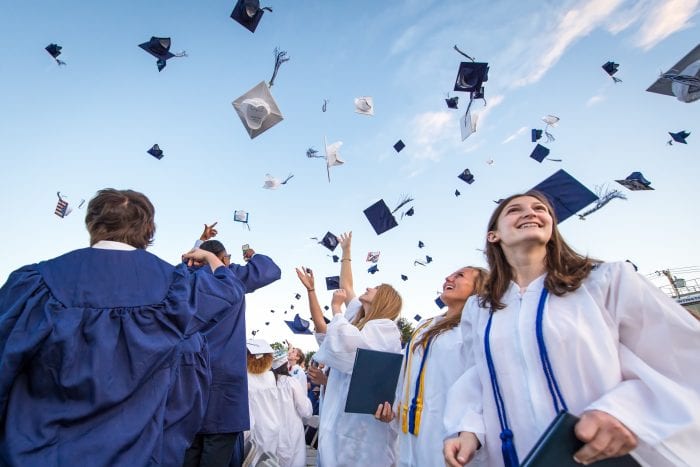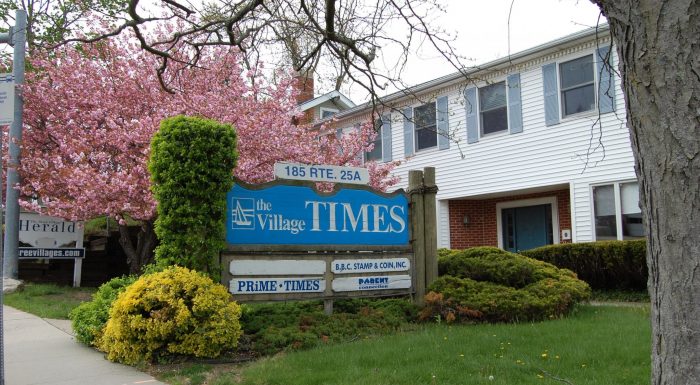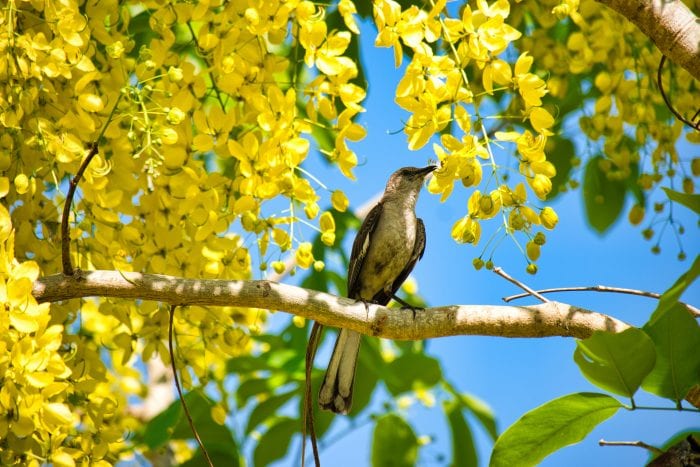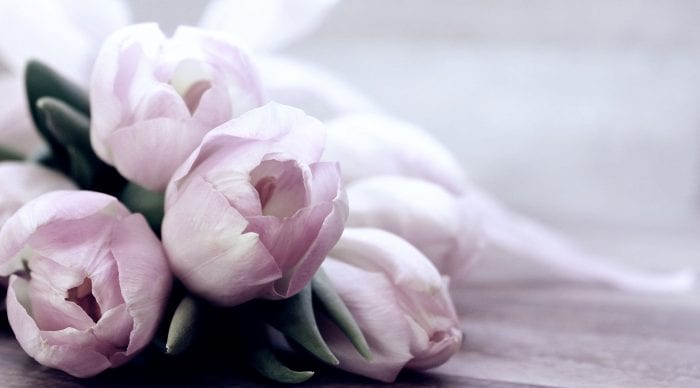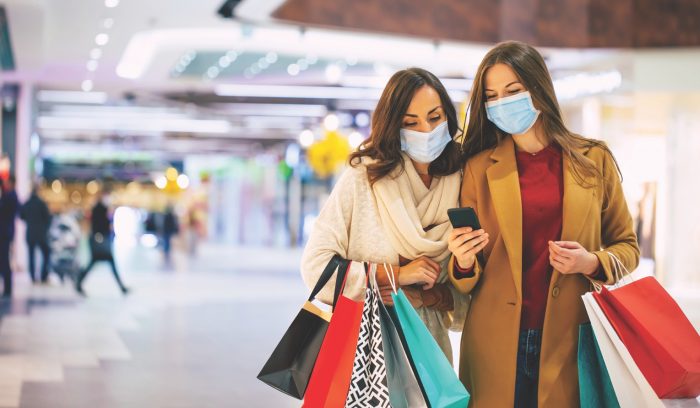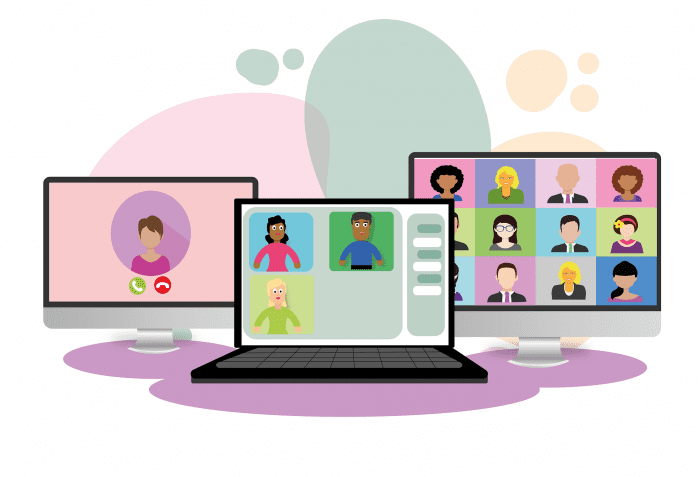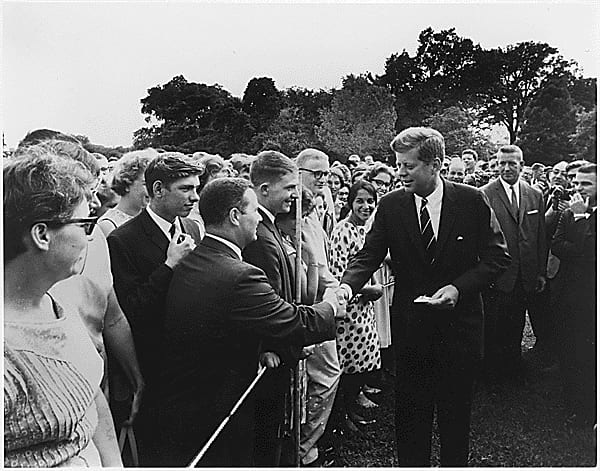By Leah S. Dunaief

Congratulations are in order for this past weekend’s activities. First and most importantly, my youngest grandchild graduated from high school last Friday. What a lovely milestone for him, one not to be missed by us.
We decided to drive there, the 11-hour trip notwithstanding, rather than deal with the inevitable crowds and COVID risks and restrictions at the airport. But so much more had to be factored into our plans. Why, I wondered, would a school arrange for graduation during Memorial Day weekend? This was an especially puzzling question as reports were warning of major travel activity by car and plane. Over 37 million people were expected to venture more than 50 miles away from home, a 60% increase above last year, with a big post-pandemic breakout looming.
Clearly this situation called for some careful strategizing. First we called and secured reservations at a hotel near the school. This was going to be more than a one-day trip. That was the easiest part. Then we decided to start right after work on Tuesday evening since that would probably beat the traffic leaving the Island for the weekend. We would drive as far as we could before stopping at a roadside lodging for the night, which we figured would give us a good head start on the trip for the following day.
Next we thought to pick up some sandwiches for dinner in the car on our way out of town. We ordered those in advance, as well as the much loved chocolate chip cookies from the local bakery to bring my family. And we would stop for a package that a friend, who lives near my grandson, requested we bring to her.
We followed the plan.
After five hours of night driving with blissfully no traffic, we saw a sign for a familiar hotel at the next exit and drove off the highway feeling quite ready for a good sleep. Our first problem was that, in our haze, we couldn’t immediately find the hotel. After a bit of exploring and a U-turn, we did and pulled into a parking lot that looked ominously full. When we tried the front door, it was locked.
Fortunately, as we stood there in a fatigued stupor, a worker at the hotel came along and opened the door for us. She then called to the clerk behind the front desk, who had appeared from nowhere, and who told us what we feared: no rooms available. She directed us to the next hotel down the highway.
“But wait,” the first worker said as she scooted around behind the desk, “let me look at the register.” After several minutes, she found an unfulfilled reservation for a room on the fourth floor and offered it to us. Relief!
The next day, we happily arrived at our destination by mid-afternoon. I don’t have to tell you how wonderful it was to come together with family we had not seen in over a year, to hug them and note how the children had grown, and talk with them in person for hours. Thursday, other members of the extended family arrived, everyone in a happy mood, and Friday, under a beautiful blue sky, we all went to the commencement and cheered mightily as our grandson walked on stage, shook the president’s hand and received his sheepskin.
We, of course, celebrated the rest of the day and well into the evening. It felt a little unreal to be casually chatting together after the year of pandemic isolation, something we would otherwise, in earlier times, so taken for granted.
Now came the tricky part: when to leave for the drive home through the midst of the holiday weekend. We had decided on Saturday, hoping that was a good travel day, when most people would already have gotten to their destinations and before they would have started to return. Picking up some provisions for the car ride, we filled the gas tank and left in the morning for home. There was never any serious traffic along the route. Score one for strategy, another for luck. And another for appreciation and gratitude for all that we would have simply accepted pre-pathogen as our due.

